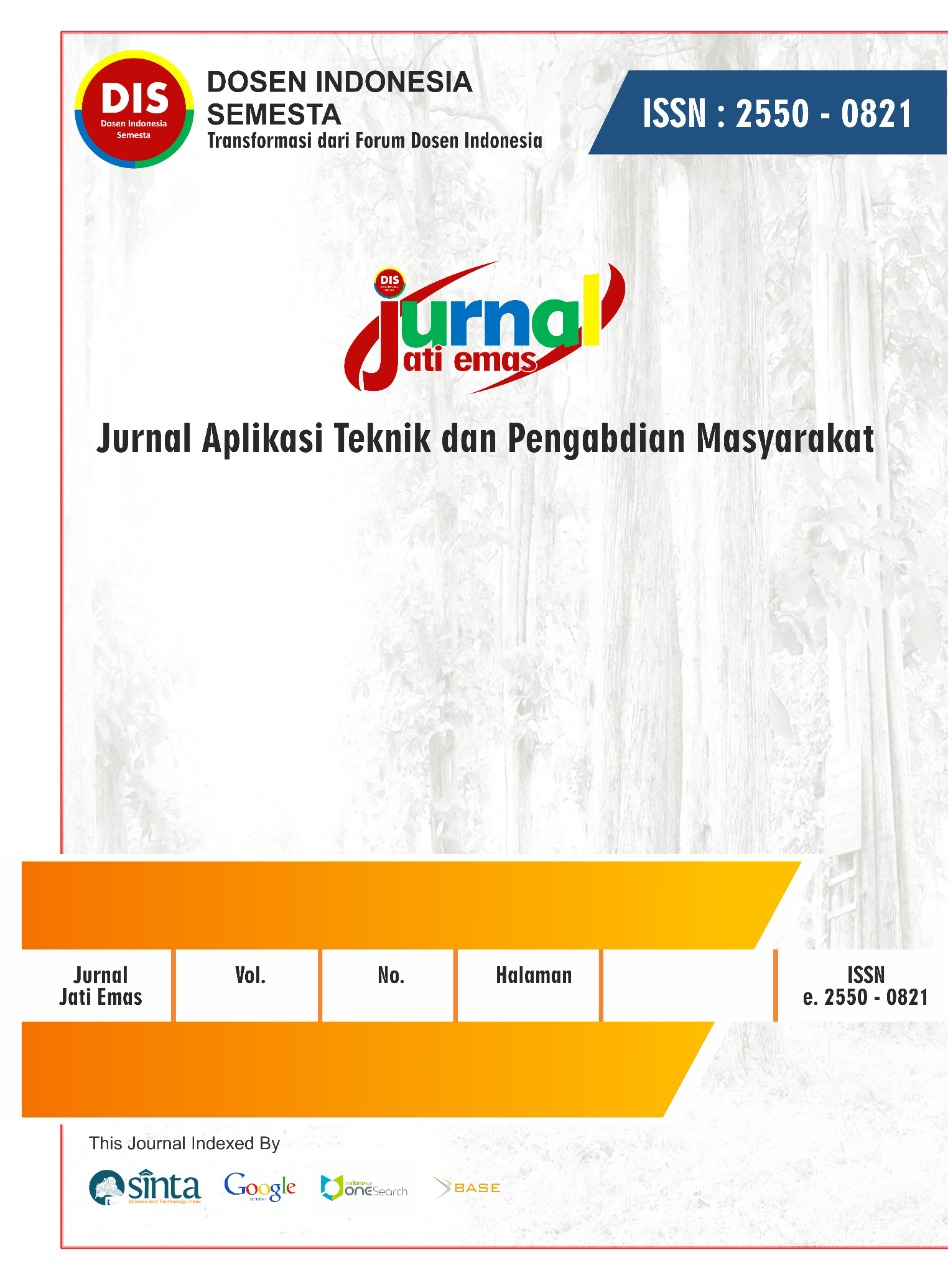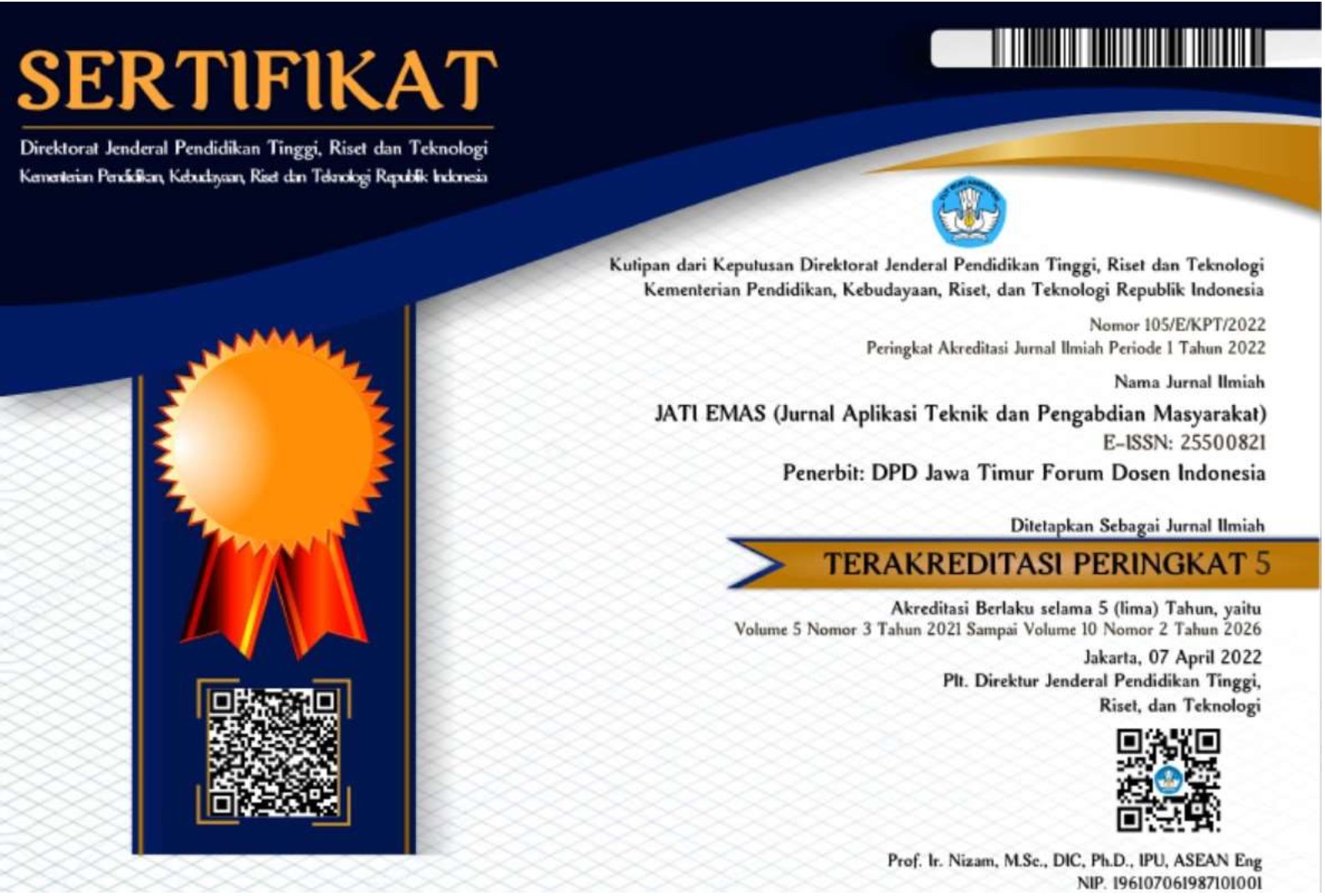Analysis Of Damage Bridge At Tanjung Perak Terminal With Failure Mode And Effect Analysis Method
Analisis Kerusakan Jembatan Timbangan Di Terminal Tanjung Perak Dengan Metode Failure Mode And Effect Analysis
DOI:
https://doi.org/10.12345/je.v9i1.255Keywords:
FMEA, Weighbridge, RPN, Tanjung Perak Passenger TerminalAbstract
Tanjung Perak Port, Surabaya is one of the main ports in Indonesia that has a strategic role in supporting the distribution of goods and passenger transportation in the eastern region. This article analyzes the potential damage to the weighbridge at the Tanjung Perak Passenger Terminal, especially on the Support Beam and Checkered Plate components, to provide solutions that improve operational safety and service efficiency. The Failure Mode and Effect Analysis (FMEA) method is used to identify major failure modes such as wear and deformation, with priority recommendations for repair and maintenance of major components. The analysis was carried out on the Support Beam and Checkered Plate components, identifying potential damage in the form of cracks, deformation, wear, and cracks. The FMEA results show that wear on the Checkered Plate has the highest Risk Priority Number (RPN) value (336), followed by deformation on the Support Beam (294), which indicates a significant risk to operational safety. This damage is caused by overload, corrosion, repetitive stress, and uneven load distribution. The implementation of mitigation measures is expected to support optimal terminal management, improve facility reliability, and ensure safer operations for port service users.






